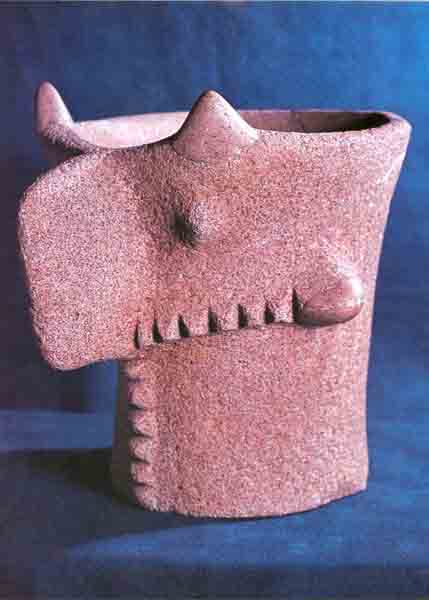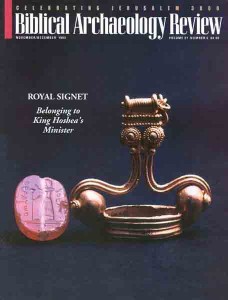Before History: The Golan’s Chalcolithic Heritage

This is the story of an archaeological adventure that began over 20 years ago in the Golan. It continues even today.
In 1973, while making a series of probes along the line of a projected new highway on the Golan Heights, I came upon sherds belonging to a large storage jar decorated with concentric bands in a rope-like pattern. This kind of vessel is typical of the Chalcolithic period (dated c. 4500–3500 B.C.E.). It proved to be the first reliable evidence of a remarkable culture on the Golan that existed nearly 6,000 years ago. To appreciate the great Chalcolithic culture, we must remember that it prospered about 2,000 years before Israel began to emerge in the highlands of Canaan. Even the most rudimentary writing did not appear for another millennium, and the Semitic alphabet was not invented until two millennia following the floruit of Chalcolithic culture. We can understand the Chalcolithic people only from the artifacts they left behind.
The discovery of a typical storage jar—and thus of the Chalcolithic culture on the Golan—was by no means the first evidence of these people. They were already known from Teleilat el-Ghassul, located northeast of the Dead Sea; from sites in the Beersheba region and the Negev; from burial caves on Israel’s Coastal Plain; and from sites in the Judean desert area.
Already a library member? Log in here.
Institution user? Log in with your IP address.

